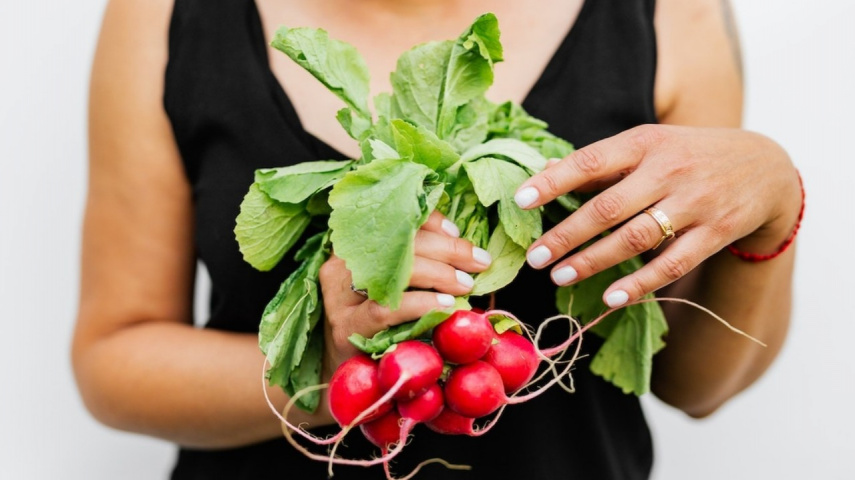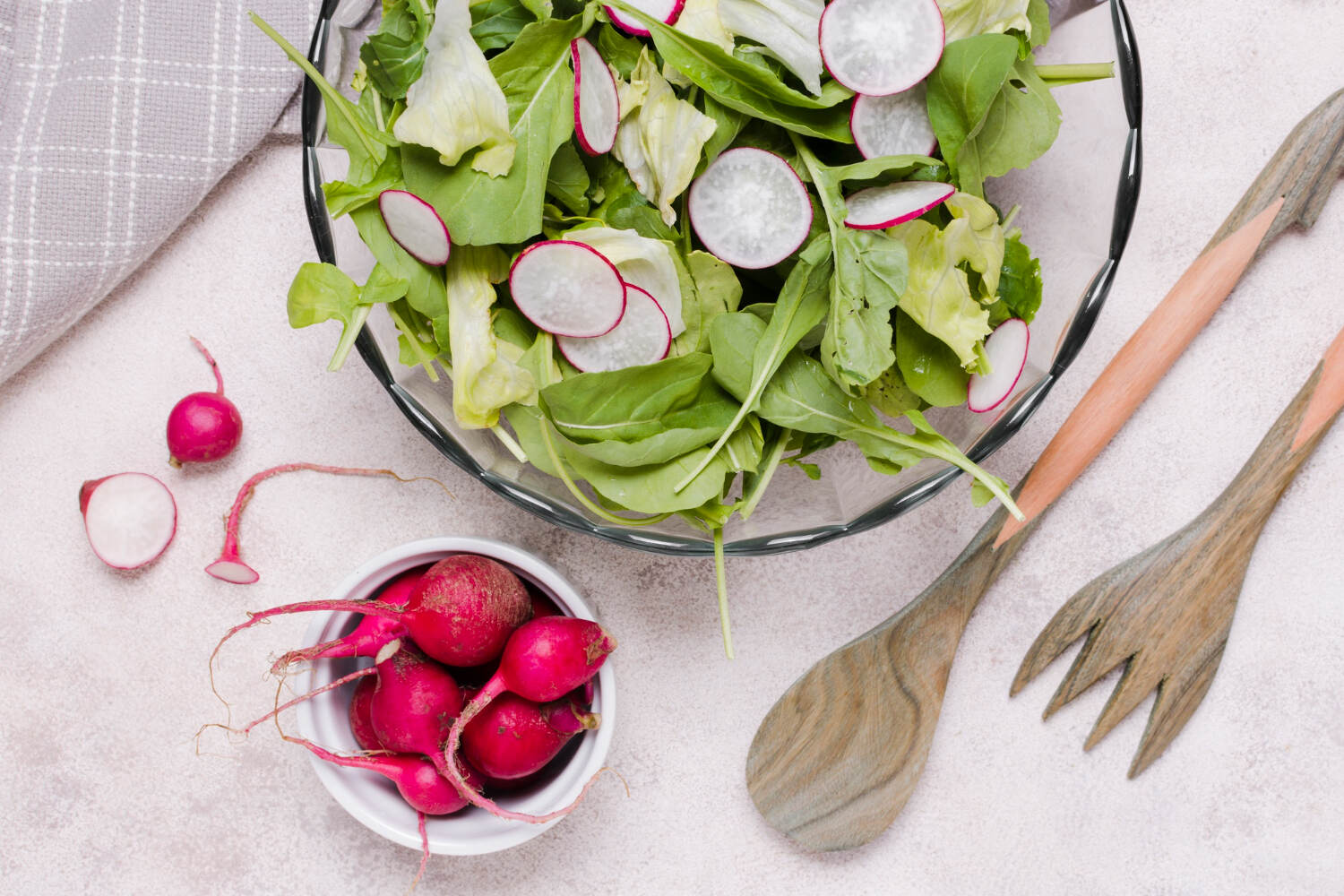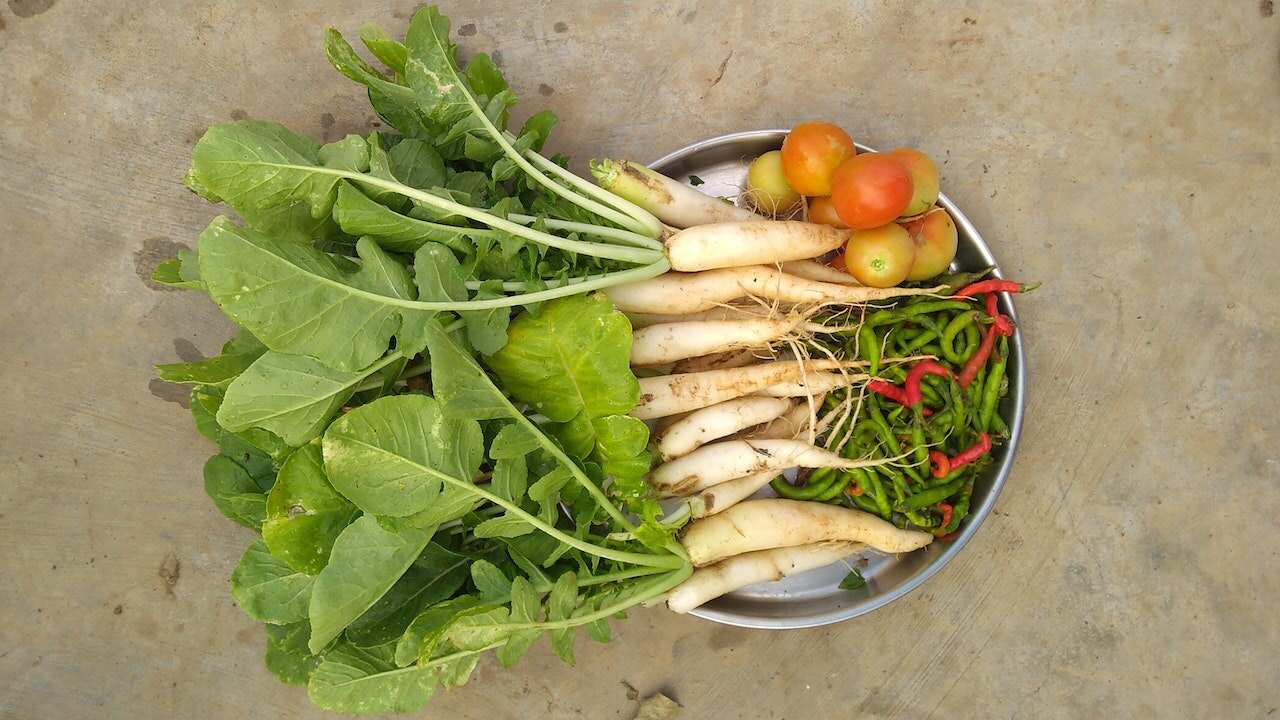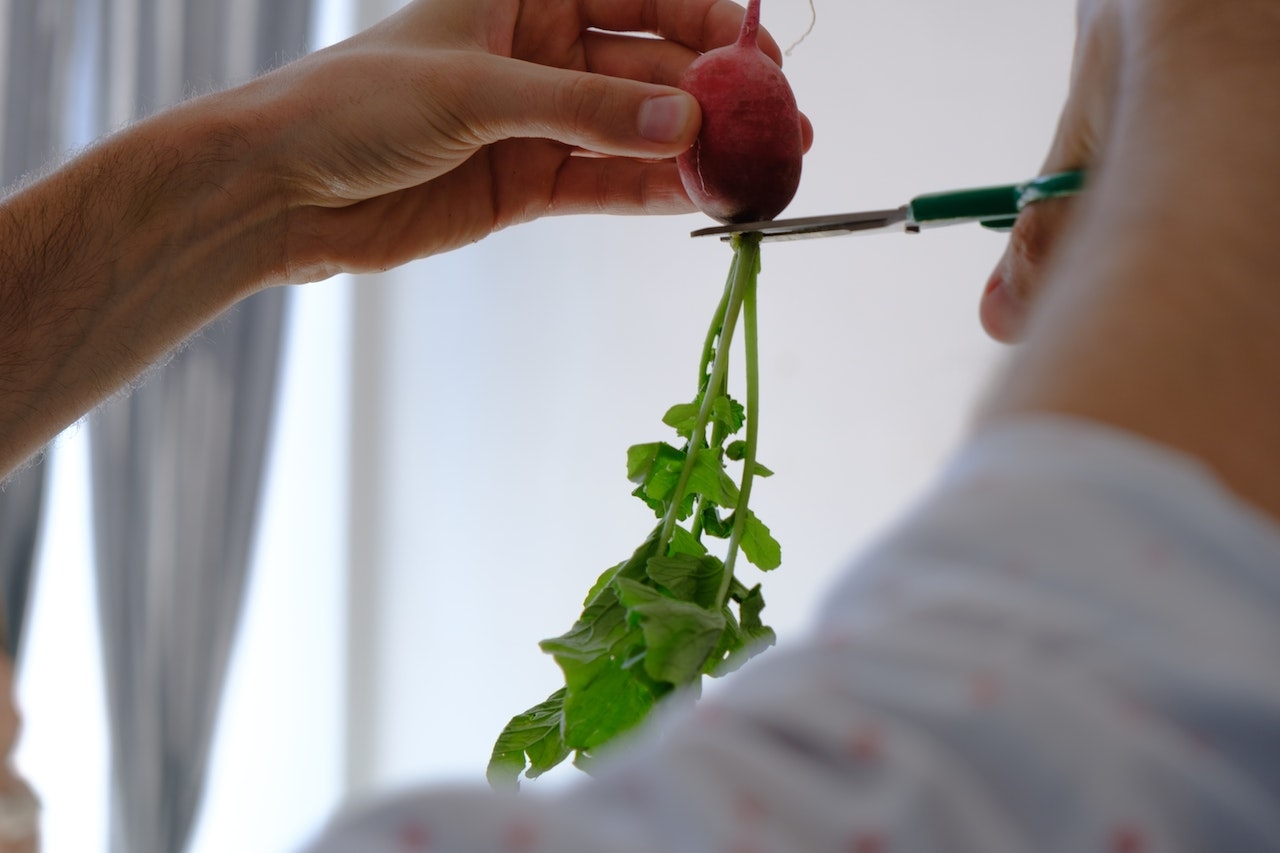Health Benefits of Radish Leaves: From Scrapes to Superfoods
The benefits of radish leaves might make you rethink tossing them as scraps all this time. Know why adding these greens to your diet is a smart choice to make.

The benefits of radish leaves are often overlooked and are worth exploring. Radish greens, mostly considered scraps, are actually quite flavorful and nutritious. While we discard vegetable tops like radish greens, carrot tops, turnip greens, or broccoli stalks, they can be a tasty addition to your meals. Radish leaves, in particular, offer a peppery taste and are versatile in cooking. These greens are packed with essential nutrients, making them a valuable choice for your diet, similar to popular options like spinach or kale. So don't underestimate the goodness of radish leaves and discover how to use them in your meals.
What Are Radish Leaves?

When we talk about radishes (Raphanus sativus), we usually just think about the part that grows underground - the radish itself. But radishes have more to offer than just their roots. We often forget about their leafy greens, which are the leafy tops of the radish plant. These greens can be included when you buy radishes, or you might find them removed.
These radish leaves are pretty unique. They're long, green, and come with stems. They're not just edible, but they also bring a fun crunchiness and a hint of peppery heat. The hotness can range from mild to pretty strong, depending on the type and age of the leaves. You'll often spot them in salads, soups, and as a fancy garnish on many dishes.
The texture of radish leaves might seem a bit tough and hairy. But don't let that fool you. These leaves are packed with nutrients, and they're a culinary delight in places like China and Korea, where they're used in various dishes to add color and flavor.
Some different varieties include
- White radish
- Purple radish
- Red radish
- Black radish
What Is the Nutritional Value of Radish Leaves?
Radish leaves are packed with minerals like phosphorus, iron, and calcium. It's also a source of vitamins C, K, and B which are necessary for a variety of biological processes (1).
The following nutrients are found in 100 grams of cooked radish leaves (1).
- Water: 86.19 grams
- Energy: 55 calories
- Fat: 2.73 grams
- Protein: 3.49 grams
And for minerals, they contain:
- Calcium: 41 milligrams
- Iron: 0.99 milligrams
- Magnesium: 91 milligrams
- Phosphorus: 75 milligrams
- Potassium: 583 milligrams
They're also loaded with essential vitamins like:
- Vitamin C: 53.8 milligrams
- Thiamin: 0.142 milligrams
- Riboflavin: 0.273 milligrams
- Niacin: 0.964 milligrams
- Vitamin B-6: 0.752 milligrams
- Vitamin K (phylloquinone): 160.2 micrograms
All these nutrients make radish leaves a fantastic herb that can help with various health issues.
How to Use Radish Tops in Your Meals?

Radish greens taste kind of like mustard greens. They can have all the following sharp flavors in them.
- A bit bitter flavor
- Mild earthy flavor
- Peppery flavor
- Spicy flavor
You can cook mature radish greens like any other leafy veggies. And those tiny radish leaves, called microgreens, make salads and dishes look fancy.
Here are some tasty ways to enjoy radish greens:
- Saute them with garlic, salt, and black pepper
- You can blanch them for your noodles or pasta.
- Toss them in salads, wraps, or on sandwiches.
- Blend them into sauces like pesto.
- Add them to soups, stews, or casseroles.
- You can also try fresh radish greens juice. For this, just grind them in a food processor with water, sieve them through a porous cloth, and serve with lime.
- Use them along with radish or other root vegetables in curry dishes.
- Steam or saute them as a side dish.
- Stir fry along with other vegetables.
- Baked or roasted radish leaves make a good crunchy snack.
- Add them to your scrambled eggs or frittatas.
- Swap them for kale or spinach in your dishes.
- Try to pickle a bunch of radishes with their leaves in apple cider vinegar, salt, and sugar
- You can also add them to your tacos and quesadillas.
They're safe to eat, but don't go overboard; enjoy them in moderation. There are no known side effects, but too much of a good thing can be, well, not so good.
Explore the Benefits of Radish Leaves:

1. Detoxification: Radish leaves have enzymes and plant compounds that make them an excellent option for detoxifying your body by getting rid of nasty toxins. Some of these compounds may also have anticancer properties and can keep a check on the growth of cancerous cells (2).
2. Antioxidants: They have antioxidants, like anthocyanin, which can reduce the risk of heart disease as well as other chronic diseases. These antioxidants can fight off free radicals in your body paving the way for numerous other health benefits (3).
This property can also protect your lungs from damage caused by oxidative stress (4). Some anecdotal evidence also suggests them as a remedy for jaundice.
3. Skin Health: Radish leaves have vitamin C, which helps in the production of collagen and makes your skin stay elastic and healthy (5). It's like a natural skincare ingredient for supple skin.
4. Weight Loss: More roughage (dietary fiber) is found in radishes' leaves than in the actual radishes. Fiber makes you feel fuller for longer and curbs your appetite, both of which may aid in weight loss (6). Radish leaves aid in controlling unpleasant disorders including constipation and an enlarged stomach. Also, radishes as a whole can decrease your cholesterol levels.
5. Immunity Boost: They're a rich source of minerals like iron and phosphorus, which makes your immune cells stronger (7). They additionally contain other vital nutrients including thiamine, and vitamins C and A, which work to fight fatigue. Furthermore, the iron content of radish leaves can help patients with anemia and low hemoglobin levels.
6. Anti-Inflammatory: If you have painful conditions like piles, edema, or joint pain, radish leaves can help. Radish leaves' antimicrobial and anti-inflammatory properties usually help with such swellings (8). A paste can be made by combining powdered dry radish leaves with an equal amount of sugar and a splash of water. You can either eat this paste or use it topically to prevent inflammation.
7. Disease Prevention: Radish leaves are packed with nutrients that can prevent common diseases. They can help lower blood sugar levels, so they're a good choice if you're managing diabetes (9). Likewise, they also contain potassium which acts as a vasodilator, relaxing blood vessels and enhancing blood flow. This regulation effectively lowers blood pressure by maintaining a steady circulation.
8. Antiscorbutic: Radish leaves have an antiscorbutic effect. Simply said, they aid in scurvy prevention. Radish leaves have more vitamin C than the roots, so they're an excellent source for keeping scurvy at bay (10).
9. Diuretic: Radish leaf extract acts as a natural diuretic and can be used to treat urinary tract disorders (11). It can dissolve stones and clear your bladder. It's also a good laxative, so it can help with constipation and bloating.
10. Good for the Brain: Radish leaves are also beneficial to your brain. It has been demonstrated that radish greens' erucamide extract lessened memory problems (12). As a result, it might be able to prevent memory loss in those who have Alzheimer's disease.
Side Effects of Eating Radish Leaves

We don't have a ton of information about whether radish greens are risky for our health. Most of the research on radishes has been done in test tube ambiance and on animals. We need more research with people to be sure about the benefits of radish leaves and consuming them as a whole.
But here's something interesting: one study found that radish greens can have contaminants of emerging concern (CECs) (13). These are pollutants found in water and can be bad for our health. But don't worry, it's not the radish greens themselves that are the problem. It's because of how they're watered and the water they're grown in. If we grow radish greens the right way and wash them before eating, they're safe.
Now, some people might have allergies to radishes, but it's not a common allergy. So, radish greens are generally safe to eat with the right care.
How to Store Radish Greens?

Radish greens are delicate, and they don't stay fresh for a long time. Thus, when you get radishes, the first thing to do is cut off the greens from the roots. If you leave them attached, the greens can take moisture away from the radishes, and they won't stay fresh for long. Then give the greens a good wash and a thorough dry.
If you're not planning to use the greens right away, wrap them up and put them in the vegetable drawer in your fridge. Make sure you wrap them in a paper towel and put them in a sealed container or a Ziplock bag. They can stay like this for about three days.
If you want to keep them longer, you can blanch them quickly for about 10 seconds, then dry them well and freeze them. They can stay frozen for up to six months.
When you're ready to cook them, wash and dry them again, and then you can use them in any recipe that asks for radish greens.
Conclusion
The benefits of radish leaves make them great for your heart, skin, digestion, and even kidney health. Packed with antioxidants, vitamins, and minerals, they can play a tasty and nutritious role in your diet. While more research is needed to fully understand their potential, there's no harm in adding these peppery greens to your meals. So next time you're at the grocery store or farmer's market, don't toss those radish leaves aside. Give them a chance to shine on your plate and contribute to your overall well-being.
ALSO READ: Top 10 low-calorie recipes to help improve digestion





 JOIN OUR WHATSAPP CHANNEL
JOIN OUR WHATSAPP CHANNEL
































































































